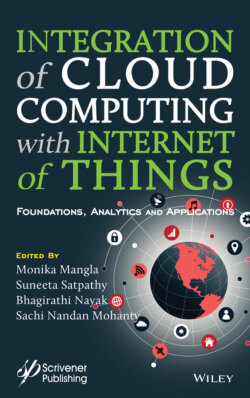Читать книгу Integration of Cloud Computing with Internet of Things - Группа авторов - Страница 28
1.5.3 Semantic Interoperability (SI) Security
ОглавлениеThe semantic IoT is considered as a black hole in a nebulous term. It must have a security policy that is comprehensive with expansive visibility. Further, several decades-old IoT technologies require be managing or segmenting effectively along with emerging technologies. For example, the oldest IoT iteration concept is to involve multi-function printers with both copying and scanning abilities. Nevertheless, the security concerned often ignores these which pose a threat to the domain as anybody can easily route or access these from a workplace or other places. The proliferation of security corresponding to smart systems can lead to potential threats to put infrastructure, or an entire city and its traffic, lighting, and power grid systems having millions of IoT users. However, as these smart systems work in the cloud, the organization can develop several usage patterns. The integration and coordination of smart IoT devices such as wired or unwired equipment, cameras, biometric access, gesture or face identification models, keypad, etc. with interoperability, it becomes possible to place the right people at a right place. For example, the huge meshing network structure present in a smart city environment warrants a robust security traffic system, secured wired or wireless sensors, parking meters, to prevent the proliferation of the IoT system. The security system must contain visibility to maintain awareness among both users and hackers. It is thus essential to make policies about IoT security regarding the locations of cameras, conceivable devices, sensors, measuring instruments, or meters to make it effective.
